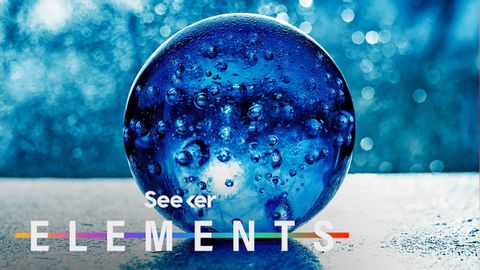科学者が「液体ガラス」の存在を証明した (Scientists Just Proved the Existence of ‘Liquid Glass’)
林宜悉 が 2021 年 02 月 27 日 に投稿  この条件に一致する単語はありません
この条件に一致する単語はありません- n. (c./u.)集まり;仲間
- v.t.まとまる
- v.t./i.束ねられる
US /məˈtɪriəl/
・
UK /məˈtɪəriəl/
- n. (c./u.)衣料;原材料;原料
- adj.関連な,重要な;世俗的な : 物質的な : 物質でできた
- v.i.重要な位置を占める
- n. (u.)物質
- n.事柄
US /ˈfæsəˌnetɪŋ/
・
UK /ˈfæsɪneɪtɪŋ/
- v.t.魅惑的な;(視線で)捕らえる
- adj.魅惑的な
- n. (u.)魅力
エネルギーを使用
すべての単語を解除
発音・解説・フィルター機能を解除
